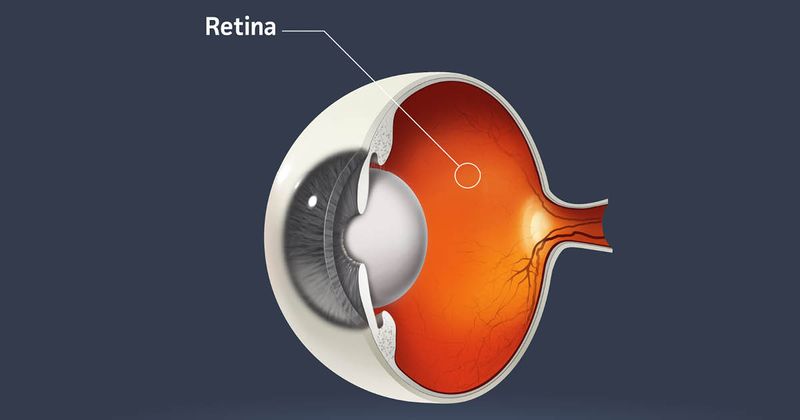Diabetic retinopathy eye drop trial fails to meet primary efficacy endpoint
Key takeaways:
- The phase 2 DR:EAM clinical trial did not meet the endpoint of the percentage of patients with a two-step or greater improvement in DRSS.
- Nesvategrast was safe and well tolerated.
OcuTerra Therapeutics is evaluating strategic alternatives after the phase 2 DR:EAM trial failed to meet its primary efficacy endpoint, according to a press release.
The trial investigated the use of nesvategrast (OTT166 5%) eye drops in patients with diabetic retinopathy.

Image: Adobe Stock
Trial data showed that nesvategrast was safe and well tolerated. However, it failed to meet the primary efficacy endpoint of the percentage of patients with a two-step or greater improvement in Diabetic Retinopathy Severity Scale (DRSS), as well as the secondary endpoint of impact on the progression of disease as measured by DRSS.
“We are disappointed that the topline data on nesvategrast from our phase 2 DR:EAM clinical trial did not demonstrate a statistically significant impact on severity or progression of diabetic retinopathy,” Kerrie Brady, CEO and president of OcuTerra, said in the release. “We plan to review the full data set from the DR:EAM study to evaluate the future of the nesvategrast program.”
The multicenter, randomized, double-masked trial included 225 patients with moderately severe to severe nonproliferative diabetic retinopathy or mild proliferative diabetic retinopathy with minimal vision loss. Patients received either nesvategrast or placebo for 24 weeks.
